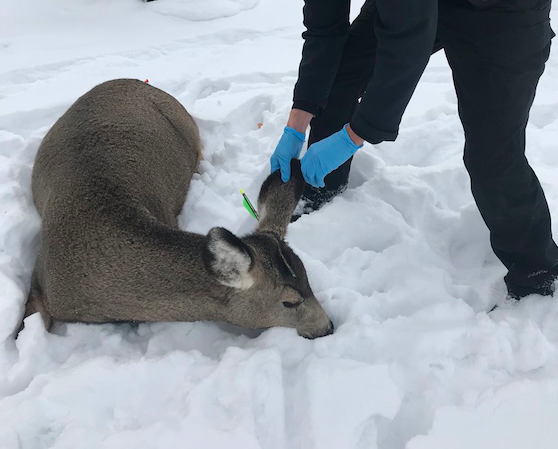A cool change after drought conditions is causing massive algae bloom outbreaks in rivers in New South Wales Australia and killing hundreds of thousands of fish.
Fish usually hidden in the depths of rivers have been seen visibly struggling at surface waters as conditions in far western NSW rivers continue to decline.
Up to a million fish died in the river system early last week when a cool change swept through the region after a hot period.
Authorities believe the change may have disrupted an existing algal bloom, killing the algae and depleting oxygen which worsened water quality for fish.
Extra aerators are being installed to boost oxygen levels in the water and prevent further fish kills but officials say they know it won’t solve the problem but is an immediate bandaid solution. ”
The aerators are part of a suite of strategies discussed at an emergency meeting with scientists and river managers, convened by the Murray-Darling Basin Authority on Tuesday, to help prevent further fish deaths
The NSW and federal governments have been under pressure by scientists who say mismanagement of water is to blame.
Minister Niall Blair said recent localized storm activity had produced flows and
runoff that resulted in a significant amount of organic debris being washed into
the dam.
“We believe that the primary driver for the kill was a sudden reduction in oxygen levels when the organic debris started to decompose,” Blair said.
While water aeration won’t stop potential kills, it does provide localised areas, about the size of a basketball court, a place where fish can get more oxygen.




